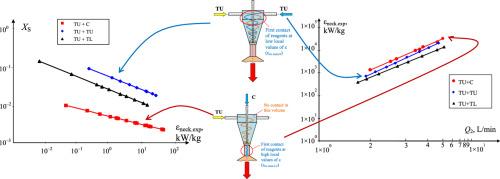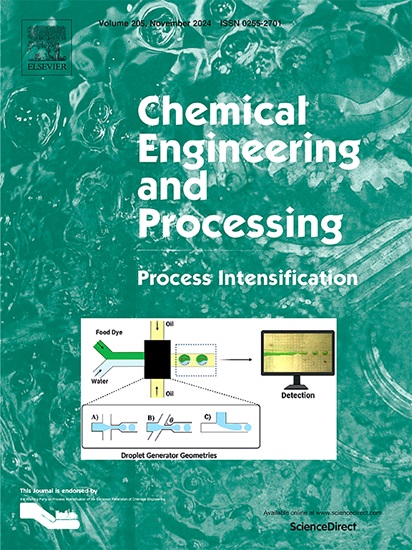Two-stage microreactor with intensely swirling flows: Comparison of three methods of liquids feeding
Abstract
A two-stage microreactor with intensely swirling flows (MRISF-2) allows to perform effectively two subsequent reactions in synthesis of nanosized particles. Micromixing quality plays crucial role in ultrafast co-precipitation reactions, and depends both on the specific energy dissipation rate and on the geometry of the reactor as well as the solutions feeding manner. Solutions in MRISF-2 could be supplied by different ways: through the upper and/or lower tangential inlet pipes and through the central (axial) inlet pipe. This paper is aimed to compare experimentally and numerically three ways of liquid solutions feeding in MRISF-2 with objective to find the conditions of the highest specific energy dissipation rate. The best method of solutions supplying was found experimentally and confirmed numerically: one solution is supplied tangentially, the other through the central inlet pipe. The average specific energy dissipation rate for this method is 1.7 and 6.0 times higher compared to supply through two upper tangential inlet pipes and upper + lower tangential inlet pipes, respectively. This advantage was confirmed by measurements of segregation index Xs by use of iodide-iodate reaction technique. Good agreement between experimental and numerical simulation results for energy dissipation rate was found for all studied cases.


 求助内容:
求助内容: 应助结果提醒方式:
应助结果提醒方式:


